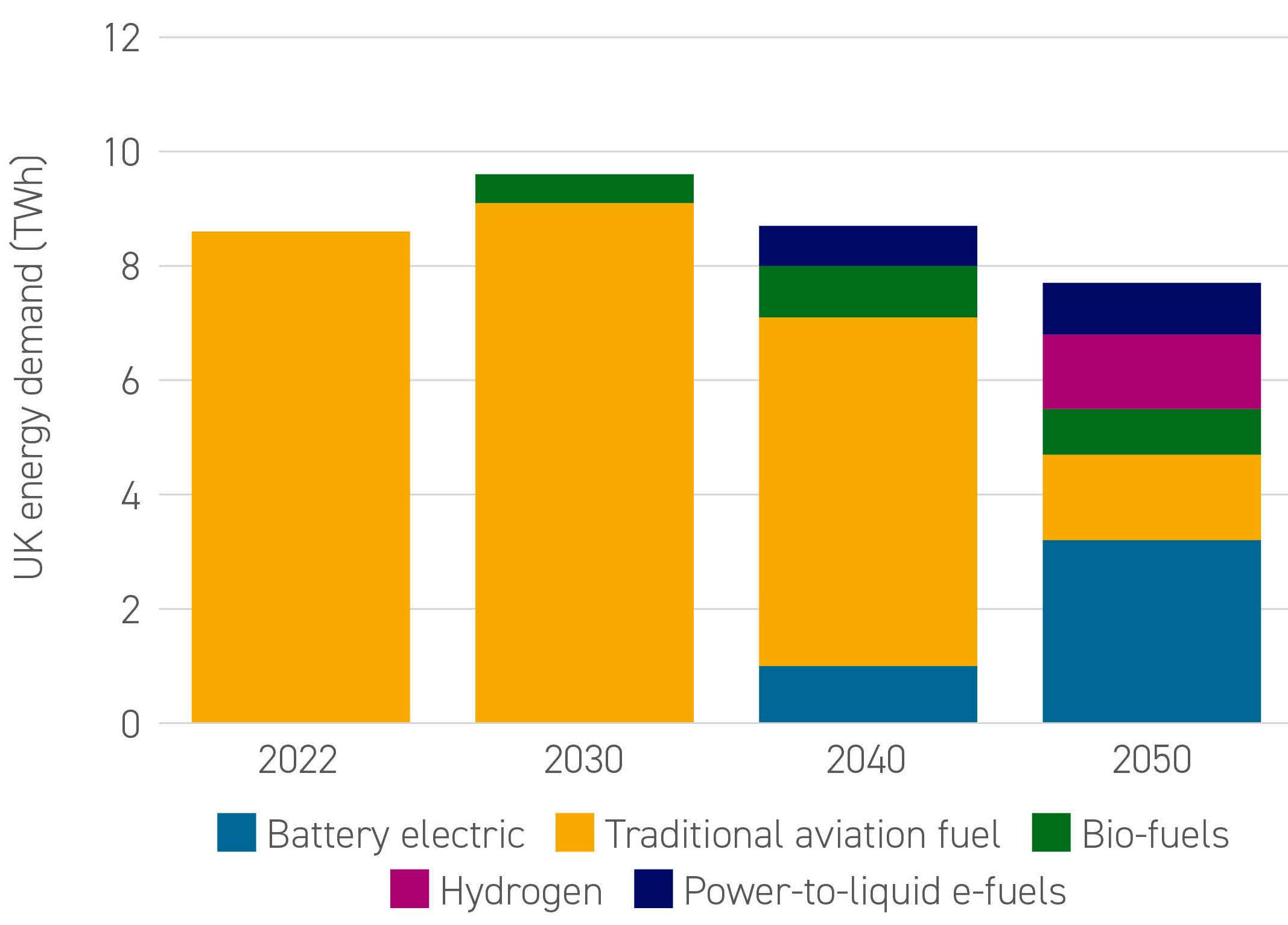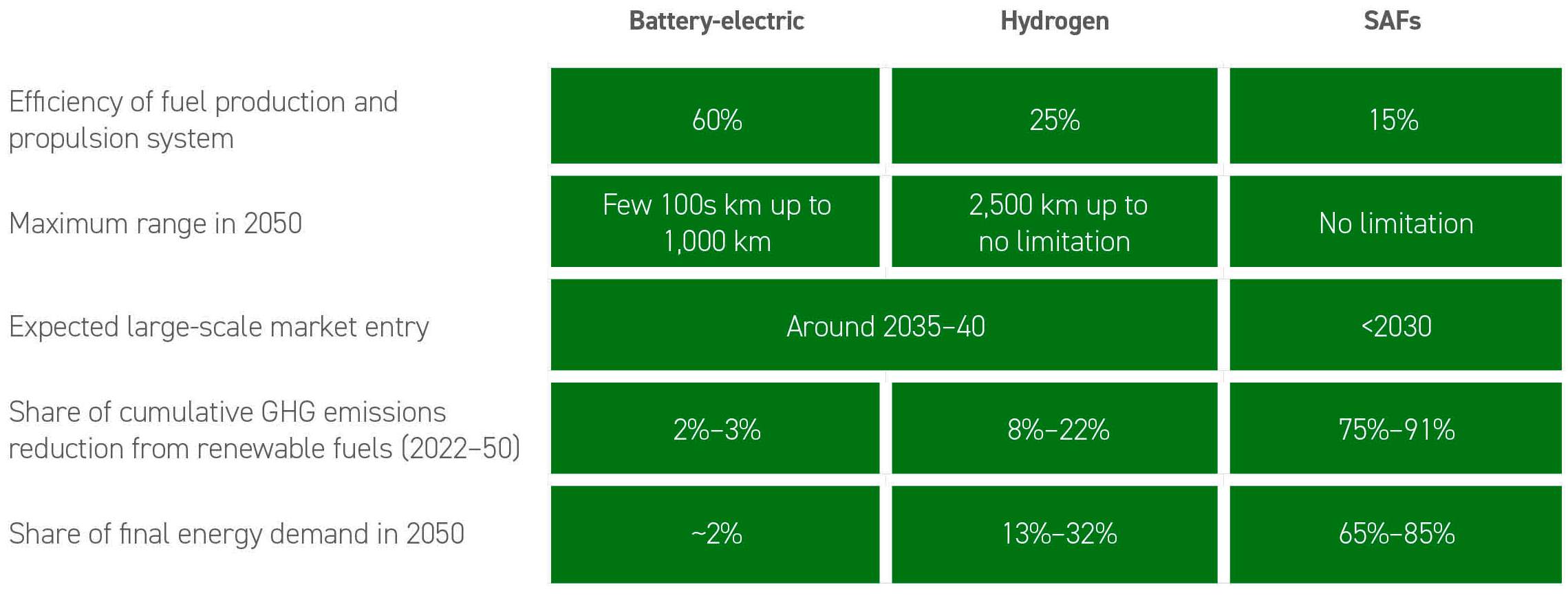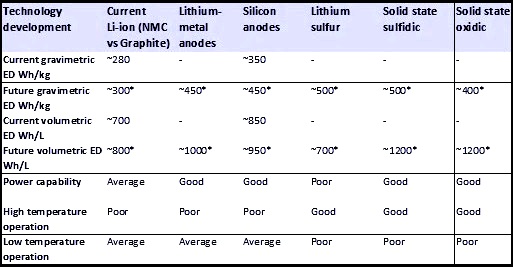The rise of low-carbon aircraft

The aviation industry is in the early stages of the energy transition, with alternative technologies such as electric, hydrogen and synthetic aviation fuels under development. With rapid advancements in technology, the electric aircraft market is predicted to grow significantly over the next decade. Battery-powered aircraft are expected to take the largest share of the UK urban and domestic aviation markets by 2050, with synthetic aviation fuels and hydrogen emerging as the key technologies for medium and long-haul aviation. The UK has an opportunity to be at the cutting edge of these developments for all three of these technologies.
A Faraday Insight published recently outlines the increasing size of the global electric market and explores the different low carbon technologies that could become available for aviation. The performance characteristics of battery technology for aviation and proposed actions to develop and support the UK aerospace industry in the transition are also highlighted.

Above: Prototype VX4 aircraft.
Courtesy Vertical Aerospace
The emergence of electric and low-carbon aircraft technologies marks a significant shift in aviation, with substantial growth predicted in the electric aircraft market over the 2030 to 2050 period. There is an opportunity for the UK to lead in the innovation of aircraft batteries and achieve a dominant position in the domestic and urban markets.
Market for aviation batteries
The adoption of battery technology is expected to be much greater in the domestic aviation market than in the international market. Battery-electric aircraft could be the largest technology by 2050, accounting for 42% of energy demand in the UK domestic aviation market.
UK domestic aviation energy demand by carrier (2022-2050)

The total battery capacity required by battery electric aircraft in the UK is projected to reach just over 20 GWh by 2050 with annual additional demand of 2 GWh per annum continuing beyond that date. [1]
Choice of tech and battery performance
The technology potential of low carbon fuels can be summarised as follows.

Source: Aviation Transition Strategy (July 2022)
Battery-powered aircraft offer reduced noise, lower emissions and greater energy efficiency, as well as the capability to operate on shorter runways and at smaller airports. However, their widespread adoption will be dependent on improved energy density, meeting new safety standards, the development of recharging infrastructure, cost reductions and overcoming environmental issues – all of which are discussed in the Insight.
The choice of battery technology to be used in aviation will rely heavily on the energy density of the system achieved, the power that can be delivered to the propulsion mechanism (e.g. at take-off). One of the principal limitations hindering the adoption of battery technology in aviation is their much lower energy density relative to conventional aviation fuels. Conventional aviation fuel has a gravimetric energy density nearly 50 times higher than current lithium-ion batteries. [2]
As the weight of the aircraft increases, greater levels of battery pack level gravimetric energy density are required ranging from 600 Wh/kg for small regional aircraft to 1,280 Wh/kg for wide-bodied variants. [3]
The achievement of 500 Wh/kg by 2050 has been identified by the International Council on Clean Transportation as a key commercial requirement for regional electric aircraft.
In order to achieve these higher energy densities, next-generation technologies with new battery materials and chemistries are under development. These include lithium-metal and silicon anode materials for lithium-ion batteries, oxide and sulfide based solid-electrolytes for solid-state lithium-ion batteries and lithium-sulfur based cells. Achieving these milestones and deploying next generation technologies comes with challenging aviation safety requirements.
The energy density and performance metrics for various next-generation technologies are outlined in the table below. Lithium metal and pure silicon anodes are expected to be deployed commercially by the end of the decade. The development of solid-state batteries is currently driven by the EV market, with widespread deployment in high-performance EVs expected by the end of the decade. In contrast, lithium-sulfur batteries are still an early-stage technology and not expected to reach large scale deployment until the early 2030s. Both lithium-sulfur and lithium-air technologies are considered to be attractive potential candidates for aerospace due to their ability to store a large amount of energy in a given weight and volume.
Power capacity is also a crucial factor for determining the maximum take-off loads that aircraft can achieve. Commuter and eVTOL aircraft require lower power capacity compared to short haul aircraft and battery technology is expected to meet the requirements of this market first.
Cell level energy density (ED) and performance metrics by battery technology

Source: Faraday Institution research. Energy density metrics are representative of each technology, exact figures will depend on cell format and design.
Note: * Denotes energy density values for future cells, i.e. energy density values that have not yet been obtained commercially.
Conclusions
While battery technology has a lower energy density than fossil-based fuels, it has the potential to be widely used in short-haul and domestic aviation markets. However, substantial research challenges still exist with academic and commercial research needed to overcome the current limitations of electrically propelled aircraft and make them commercially viable.
Enhancements in battery energy density, safety, fast-charging capabilities and thermal management systems are all crucial for the commercial viability of electric planes. Meeting the demands of commercial aviation will require transformative breakthroughs in energy density, materials science and system integration, not just incremental research improvements. Eight research areas have been identified by the Argonne National Laboratory to facilitate the development and commercialisation of electric aviation batteries. [4]
The Faraday Insight can be downloaded here.
Footnotes:
[1] DNV (2023). The Role of Hydrogen and Batteries in Delivering Net Zero in the UK by 2050.
[2] ICCT (2022). Performance Analysis of Regional Electric Aircraft. Gravimetric energy density is the amount of energy stored in a material per unit mass, typically measured in watt-hours per kilogram (Wh/kg) whereas volumetric energy density is the amount of energy stored per unit volume of a material or system, typically expressed in watt-hours per litre (Wh/L).
[3] ACS (2020). Performance Metrics Required of Next-Generation Batteries to Electrify Commercial Aircraft.
[4] Argonne National Laboratory (September 2021). Assessment of the R&D needs for Electric Aviation.










